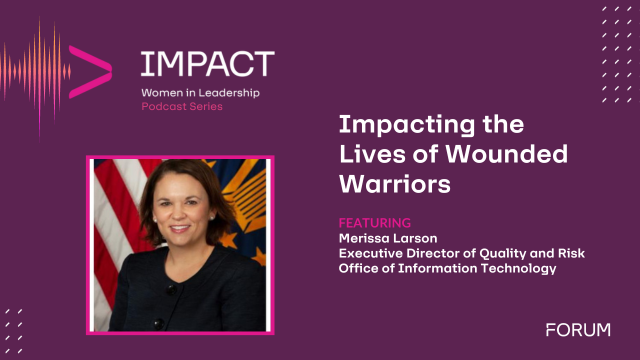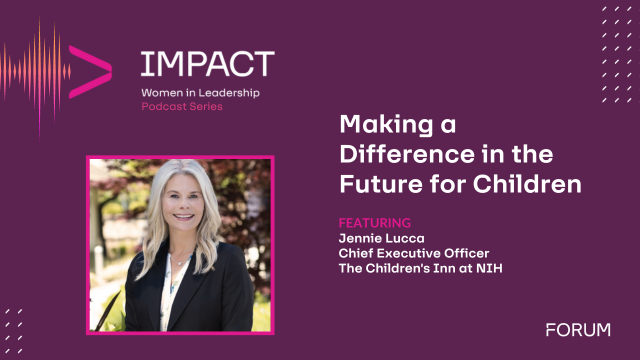By Chris Logan, Director of Healthcare Industry Strategy, VMware
The Healthcare landscape has gone through unprecedented change in the last several years – from the increasing adoption of electronic health records (EHR) to new ways of expanding health information exchange. As technologies continue to explode across the medical marketplace, new care delivery models are rapidly evolving in an effort to reduce costs, increase security and improve overall quality of care. For health-focused Federal agencies such as the Department of Health and Human Services (HHS) and the Department of Veteran Affairs (VA), advancing IT innovation has long been a priority. This is mainly due to IT’s promise of helping the nation provide higher-quality and more affordable care, increase individual engagement and achieve a healthy population.
But modernizing IT infrastructure is often easier said than done. Many agencies still operate outdated legacy infrastructure, which limits their ability to support the deluge of data that come from today’s technological advancements. In the last decade, there have been several initiatives created as an effort to evolve the Federal health IT strategy – such as the implementation of EHR systems by the VA and the Department of Defense (DoD). There’s still a lot to be done, and it’s more important now than ever for health-focused agencies to concentrate their efforts on new ways to drive IT innovation and expand health information exchange.
IDC reports that by the end of 2020, 25 percent of data used in medical care will be collected and shared with Healthcare systems by the patients themselves. As such, it will be critical that health-focused agencies leverage the right technologies to provide citizens with the information and tools they will need to reach their fullest health potential. By adopting an Agile IT environment and implementing a public and hybrid IT infrastructure, agencies can effectively increase operational efficiencies and reduce costs. Below are the top areas health-focused agencies must prioritize in order to drive operational efficiencies and provide better outcomes:
1. Hybrid and Public Cloud Migration:
It’s no surprise that organizations across all industries are increasingly adopting hybrid and public cloud models, due to its offerings of scalability, agility and speed to market. By making use of cloud solutions (whether from Google, Amazon, Microsoft or another provider), health-focused agencies can more simply scale the technical resources needed to run critical applications and drive cost savings. At the same time, Congress has also implemented a framework for agencies to focus on investments that support IT modernization – this is the case with the HHS, as noted by Jose Arrieta, CIO of HHS. The department is currently prioritizing its resources to move to the cloud, in order to deliver better services and strengthen overall cyber hygiene.
2. Strengthen Cybersecurity Posture:
Sophistication and frequency of cyberattacks are increasingly placing a strain across all sectors, especially in Healthcare. In order to navigate these complex and dynamic environments, this requires a strong investment in digital technologies, and an even larger investment in cybersecurity strategies. This proactive cybersecurity effort is already happening in health-focused Federal agencies like the NIH, FDA and Departments of the VA and HHS, working together to protect patient data from security threats.
3. Workforce Transformation:
The workforce is constantly evolving, due to factors such as technological advancements and the demand for new skill sets. Coupled with the fact that employees today have high expectations for their digital experiences, workforce transformation is critical in achieving broader digital transformation. It’s imperative that Federal health-focused agencies find the right tools and technologies that provide employees with flexibility and secure remote access to ease IT management burdens and improve productivity. In fact, the Department of the VA recently installed scheduling enhancement tools to better track appointment wait times and scheduling issues, transforming both the patient and employee experience.
The Healthcare industry has historically been a laggard when it comes to technology adoption. Coupled with the fact that budgets remain tight and the stakes are high, it’s imperative that agencies invest wisely in the IT ecosystem, or risk making the wrong bet. By leveraging cloud, investing in cybersecurity strategies and improving employee experiences, agencies can better streamline efficiencies and focus on what matters most: providing the best care possible.
About Chris Logan
 Chris Logan is the Director of Healthcare Industry Strategy for VMware focusing on helping organizations make informed decisions to increase efficiency and improving care quality for patients. Chris is a former Healthcare executive, having spent two years as Chief Information Security Officer for Care New England.
Chris Logan is the Director of Healthcare Industry Strategy for VMware focusing on helping organizations make informed decisions to increase efficiency and improving care quality for patients. Chris is a former Healthcare executive, having spent two years as Chief Information Security Officer for Care New England.

![ship-2804076_1280 (1)|CLogan - Headshot[1] (1) |](https://i0.wp.com/insights.govforum.io/wp-content/uploads/2022/09/ship-2804076_1280-1.jpg?resize=696%2C462&ssl=1)










